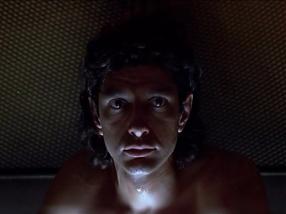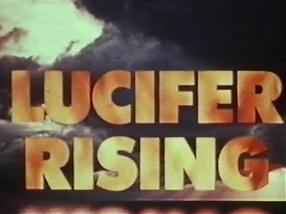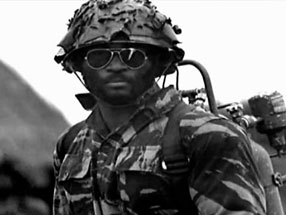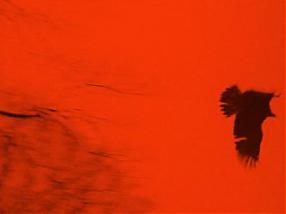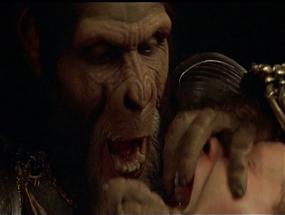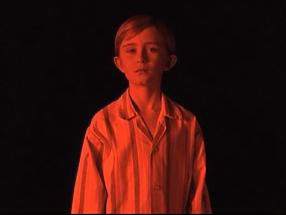Paul Celan is a paradigmatic figure for poetry attempting to deal with the experience of the Holocaust. Silence in the face of unimaginable evil, impossibility of representation – these are the sublime marks of the aesthetics after Auschwitz.
The post-concentration camp poetry of Tadeusz Borowski emerged on the ribald and “rollicking” antipodes of Celan’s sublimity. It was not a matter of coincidence that following his liberation from Dachau Borowski was reading Master Tyll Owlglass: His Marvellous Adventures and Rare Conceits. Nor was it a matter of chance that he maintained that the topic of his oeuvre may have indeed been the “well-worn theme of the camp”, but the conclusions from the theme were “utterly rollicking”.
The “rollicking” radicalism of those conclusions made itself manifest to the largest extent not in the prose but in the poetic cycles written by Borowski in the camp for DPs. Those cycles – Koniec wojny? [End of the War?], Cztery wolności [Four Freedoms] – are venomous satires bursting out with cries of fury or ecstasy, saturated with obscene images, packed with fantasies of raping German women, killing German men, crushing the heads of German babies. Besides the hatred to the Germans, a vital component of those poems comes with the fear and disdain for the new colonisers – the Americans. A paradoxical embodiment of that fear proves to be the figure of a Negro. “That lady in a beret with a tassel / her lips dipped in bright carmine / fawns on a Negro. But the Negro is classic / and tells her mysterious things about Plotinus.” – an excerpt from the poem Wieczór w Monachium [Evening in Munich], which provides one of a plethora of examples of the poetics employed at the time by the author of The Battle of Grunwald.
In this contex, the short story The Battle of Grunwald is emblematic of Borowski’s world. The narrator Tadeusz would like to escape from behind the barbed wire controlled by the Americans, but to flee does not make sense. “At every crossroads we can get caught by those black apes in white helmets, and they can put us in some unknown camp, where we’ll die of starvation” – as he says to the girl who is talking him into escaping.
In Landscape after the Battle, directed in 1970 by Andrzej Wajda, based on The Battle of Grunwald, among others, “rollicking” obscene is non-existent. Yet, Kozak argues that it is exactly the obscene that demands representation. Its caustic and toxic heat is the dialectical complementation of the coldness characteristic of Borowski’s camp prose, which catapulted him into fame. Without bringing the obscene to the fore, without introducing it to the scene of late modernity, the discourse of the author of Farewell to Maria is incomplete, even gagged.
The attempt at removing the gag was made by Kozak in his own version of Landscape, edited in 2005. The aim of the project was to query whether the late-modern audience, desentisised to the images of violence, will remain indifferent to the dynamics of rape accumulated in Borowski’s poetry. The nervous institutional reaction to the film was considered by the artist as half-success. Today, Kozak himself deems the found footage production at best an ambitious failure, while at worst – kitsch of critical exploitation feeding on the afterimages of the Shoah.
(Description courtesy lokal_30)
Year: 2005
Duration: 9'25''
Language: English
Source: BETA SP
© Tomasz Kozak. Courtesy lokal_30
Acquisition: deposit
Ownership form: deposit
